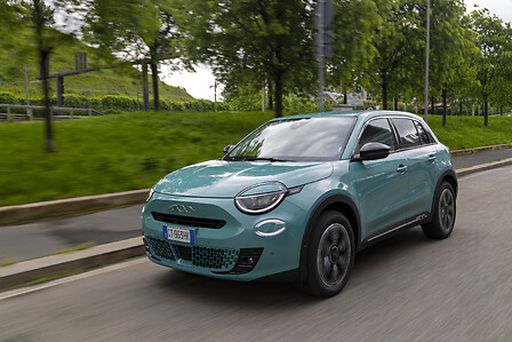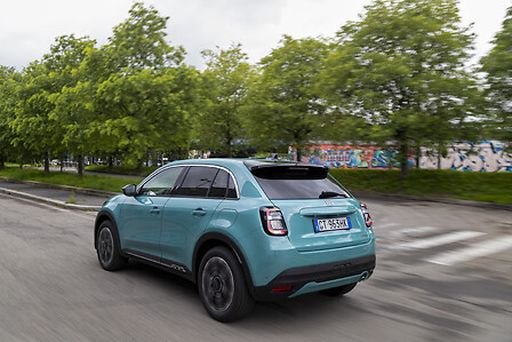A Clash of Compacts: Fiat 600 vs. Ford Puma
When it comes to compact SUVs, the market is crowded, but few vehicles stand out quite like the latest offerings from Fiat and Ford. The 2024 Fiat 600 and the 2025 Ford Puma both bring fresh innovations to the table, making it a tantalizing choice for automobile enthusiasts. Let's dive into a detailed comparison of these two automotive titans to see which one deserves a place in your garage.






